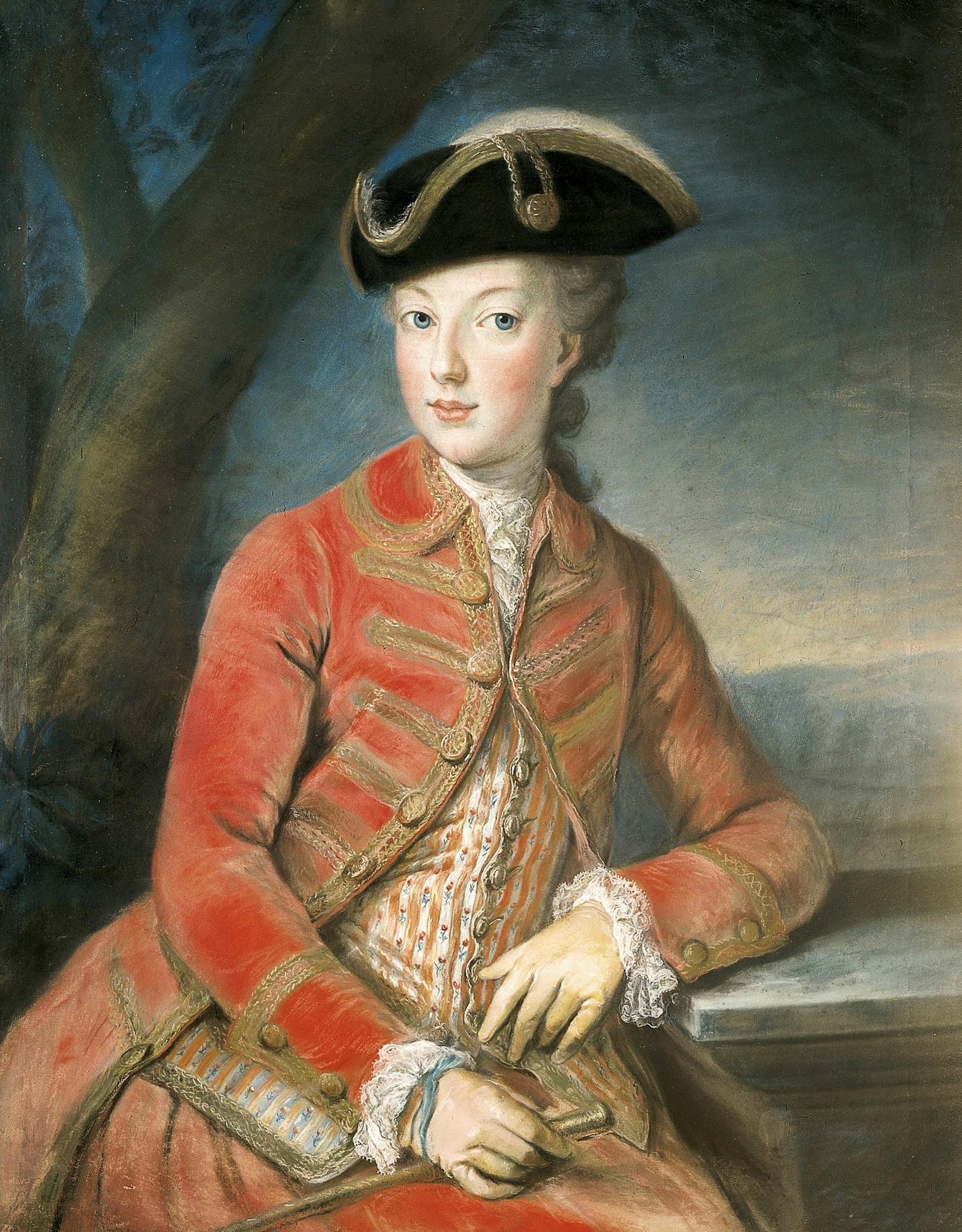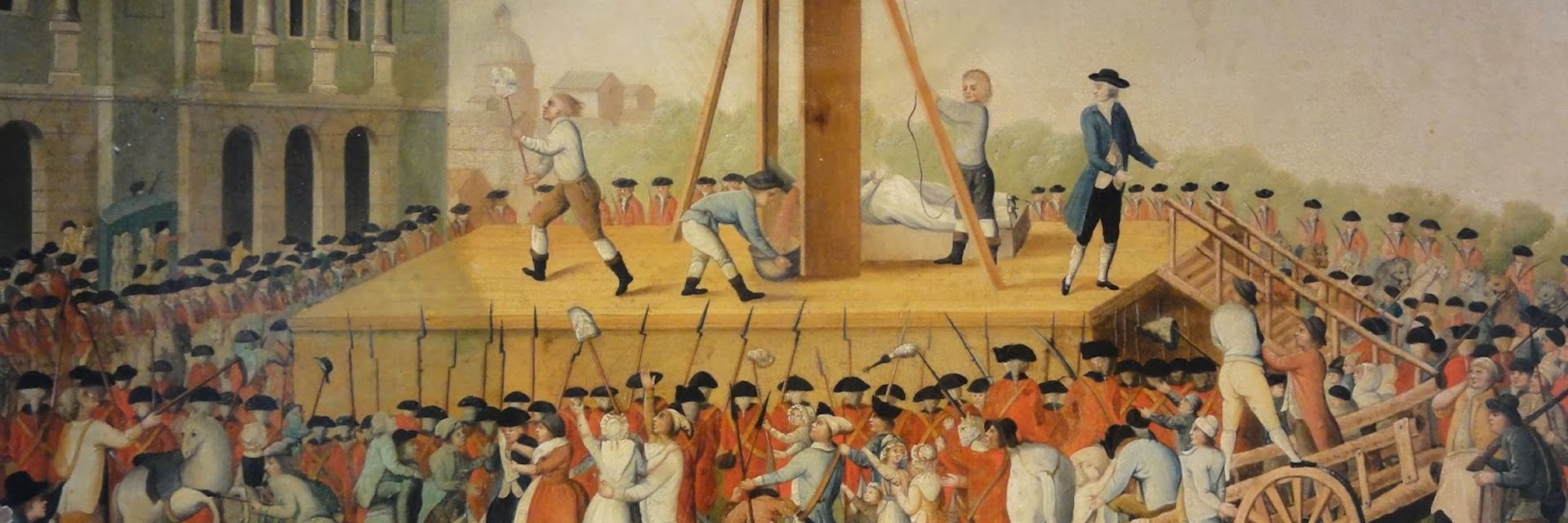Resented by French citizens for her extravagant spending, Marie Antoinette was among thousands of people sent to the guillotine.
◊
On October 16, 1793, a cart rolled through the streets of Paris carrying Marie Antoinette – former Queen of France – to the guillotine. Just months earlier, she had been living in the grandeur of Versailles. Now, she was a prisoner of the Revolution, about to meet the same fate as her husband, King Louis XVI.
It was a dramatic and deeply symbolic moment in French history, a bloody event that continues to resonate in the present day.
Napoleon's ascendance brought an end to the French Revolution. Learn more in this engaging MagellanTV documentary.
From Austrian Archduchess to French Queen
Marie Antoinette was born in 1755 into Austrian royalty as the daughter of Empress Maria Theresa. At just 14, she was married off to the future king of France, Louis XVI, in a political move to strengthen the alliance between Austria and France. When they became king and queen, they inherited not only a kingdom in financial crisis but also the growing discontent of a population burdened by oppressive inequality.
Marie Antoinette quickly became a target of public criticism. Her love of fashion, elaborate hairstyles, and expensive tastes earned her the nickname “Madame Deficit.” Fairly or not, many blamed her for the country’s mounting debt and associated her with the out-of-touch aristocracy.
The Revolution Comes for the Crown
By the late 1780s, France was on the edge of collapse. Revolution broke out in 1789, and life changed drastically for the royal family. In 1791, they made a failed attempt to escape the country, which only deepened public distrust. By 1792, the monarchy had been abolished, and Marie Antoinette, along with her husband and children, was imprisoned.
Louis XVI was executed in January 1793. Marie’s own trial followed later that year. It was quick, brutal, and politically charged. She was accused of treason, conspiring with foreign powers, and even incest with her young son – a charge so outrageous that it drew gasps, even from some of her enemies. Her calm denial reportedly won back a sliver of public sympathy, but not enough to save her.
 Marie Antoinette in a red hunting habit (detail), by Joseph Kranzinger (Source: Collection of Schönnbrun Palace, via Wikimedia Commons)
Marie Antoinette in a red hunting habit (detail), by Joseph Kranzinger (Source: Collection of Schönnbrun Palace, via Wikimedia Commons)
The Final Morning
On the morning of her execution, Marie Antoinette – now simply "Prisoner No. 280" – was taken from her cell in the Conciergerie prison. Dressed in a plain white gown with her hair cut short, she was loaded onto an open cart. Unlike her husband, who had been taken to his execution in a closed carriage, she was exposed to the jeers and taunts of the crowd.
At the Place de la Révolution (now Place de la Concorde), she climbed the scaffold. Her last recorded words were an apology to the executioner after accidentally stepping on his foot: “Pardon me, sir, I did not do it on purpose.”
At just 37 years old, the former queen was executed by guillotine, clearing the path for another woman to rise to power years later.
Legacy of a Fallen Queen
Marie Antoinette’s execution didn’t just end her life – it marked the definitive fall of the French monarchy. She became a symbol of royal excess and brutal revolutionary justice. Yet, over time, her image has evolved from that of a frivolous queen to a more complex, tragic figure caught in a whirlwind of history.
More than 230 years later, her story continues to fascinate, provoke debate, and remind us just how quickly the tides of power can turn.
Ω
Title Image: Marie Antoinette's execution n 1793 at the Place de la Révolution (Source: Wikimedia Commons)


